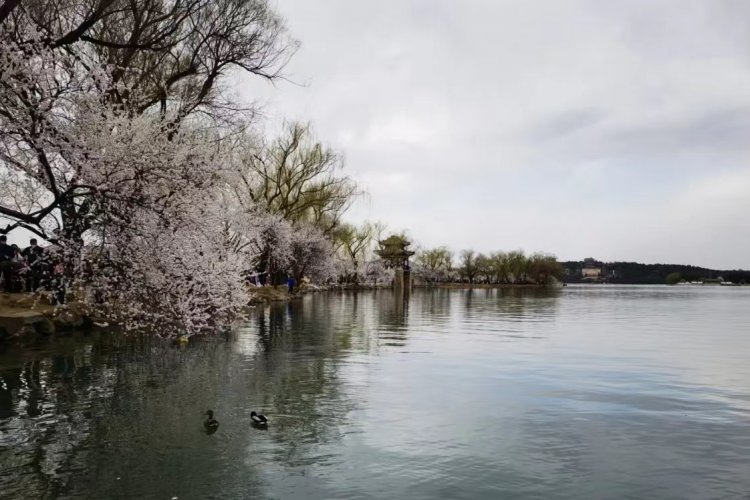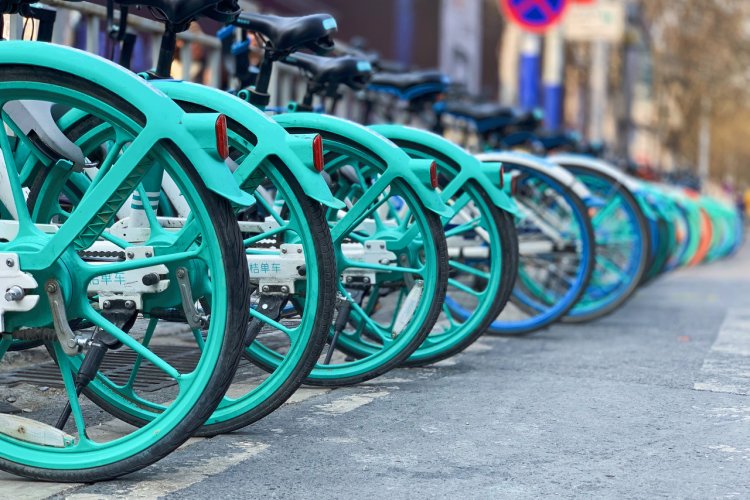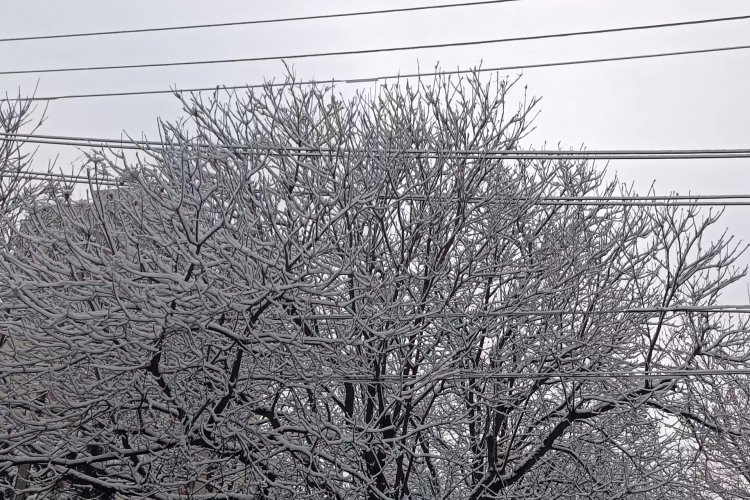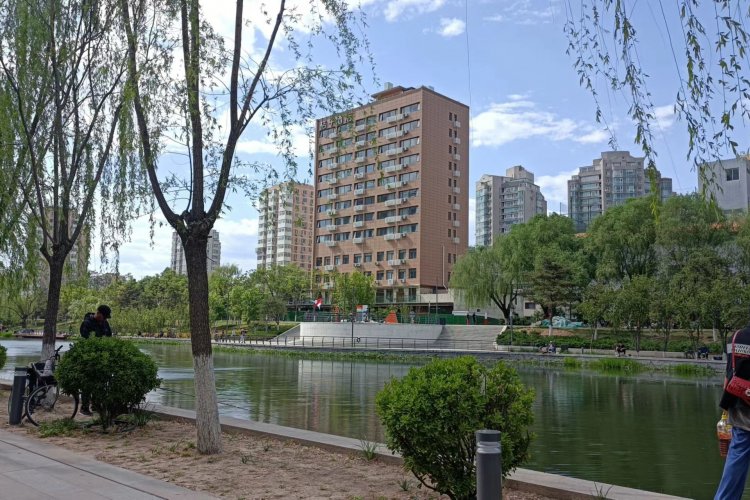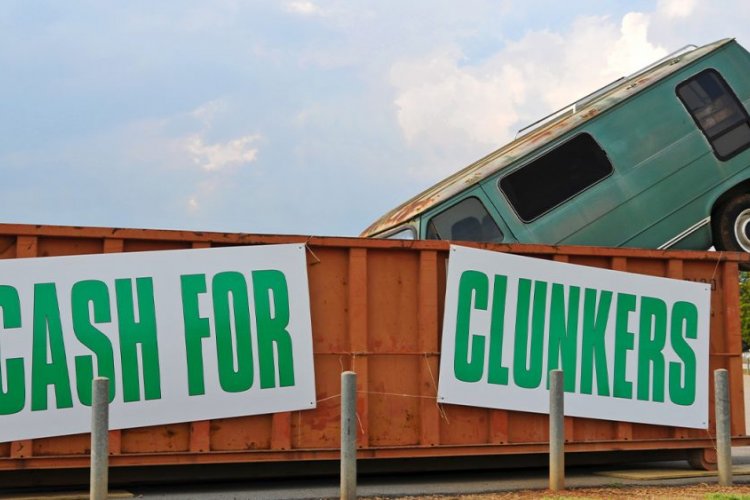Beicology: Beijing's Sky Is Clearer Than Ever, but is There More Smog on the Horizon?
How bad is the smog these days, really? Who is keeping tabs on the state of our drinking water? What has the government done about carbon emissions lately? In Beicology we turn our focus toward environmental news in the capital.
Beijing’s Smog Reaches Decades’ Lows
Beijing has reached yet another milestone in its war on smog, bringing the levels of four major pollutants down to lows that haven’t been seen in the 35 years since the capital’s air quality records began.
The levels of four major pollutants – PM10, PM2.5, sulfur dioxide, and nitrogen dioxide – have all dropped dramatically in the first half of 2019, according to a Jul 17 report by the Beijing Municipal Ecological Environment Bureau. On top of that, the capital has only endured three “heavily-polluted” days thus far this year.
Some of that success is attributed to the removal of 25,000 heavy emission diesel vehicles from the roads, along with the promotion of electric-powered taxis. Beijing “has also closed 323 industrial manufacturing plants with high emission levels,” all according to Yicai Global.
Promising as all that might sound, there is still reason to view Beijing’s bluer skies with a healthy dose of skepticism. As we pointed out when Beijing was not even ranked among the top 100 most polluted cities in the world in a study by Greenpeace back in March: “Given the city's concentration of government organs and members, and the business elite, as well as a large international population, critics point out that polluting factories have simply been moved further away from the capital into rural regions which enjoy much less international scrutiny and press.”
Officials Attempt to Balance Ecology and Economics
If Beijing's air quality gains come at the expense of rural locales willing to host sky sullying factories, then that dynamic might quickly become more pronounced. In an announcement that is sure to rile environmentalists, China’s environment ministry said on Jul 26 that it will order local governments to set restrictions on smog spewing manufacturers based on their emission levels, rather than instilling broader industry limits nationwide.
The announcement sees China “seeking to maintain its focus on curbing smog, but without unnecessarily penalizing well-performed producers at a time of slowing economic growth,” according to Reuters.
While that might sound like a measured approach, China’s ecologists have historically balked at prioritizing ecology over economics. As we previously reported, Lauri Myllyvirta, a senior analyst at Greenpeace, criticized the government, saying in May: “Predictably, local governments did away with restrictions on industrial operations that had squeezed output and emissions in 2017-18.”
Steel Manufacturers Skirt Smog Busting Regs
Apparently, Myllyvirta’s concerns aren’t unfounded. The senior Greenpeace analyst’s gripes about profit usurping anti-pollution efforts have been reinforced by new figures about steel manufacturers dodging their clean air responsibilities.
“Tougher environmental laws and a 2016 campaign to shut substandard capacity were designed to both cut smog and boost the share of law-abiding but unprofitable state firms by forcing out smaller, irresponsible rivals,” reported Reuters on Jul 26. While that approach might seem to take business and pollution busting into equal consideration, Reuters says inconsistent enforcement has permitted small-time manufacturers to skirt the regulations under the radar, much to the dismay of larger operations attempting to play by the rules.
However, such inconsistent enforcement might be corrected in the Beijing-Tianjin-Hebei (Jing-Jin-Ji) region, potentially providing a blueprint for the rest of the nation. As we previously reported: “The Beijing-Tianjin-Hebei region are set to join forces on environmental law enforcement. Set to take place throughout this year and 2020, the joint initiative is targeted at 'handling cases of cross-region environmental pollution and related violations.'”
Don't leave the house unprepared; read about the best pollution masks of 2019 right here.
Photo: Reuters


